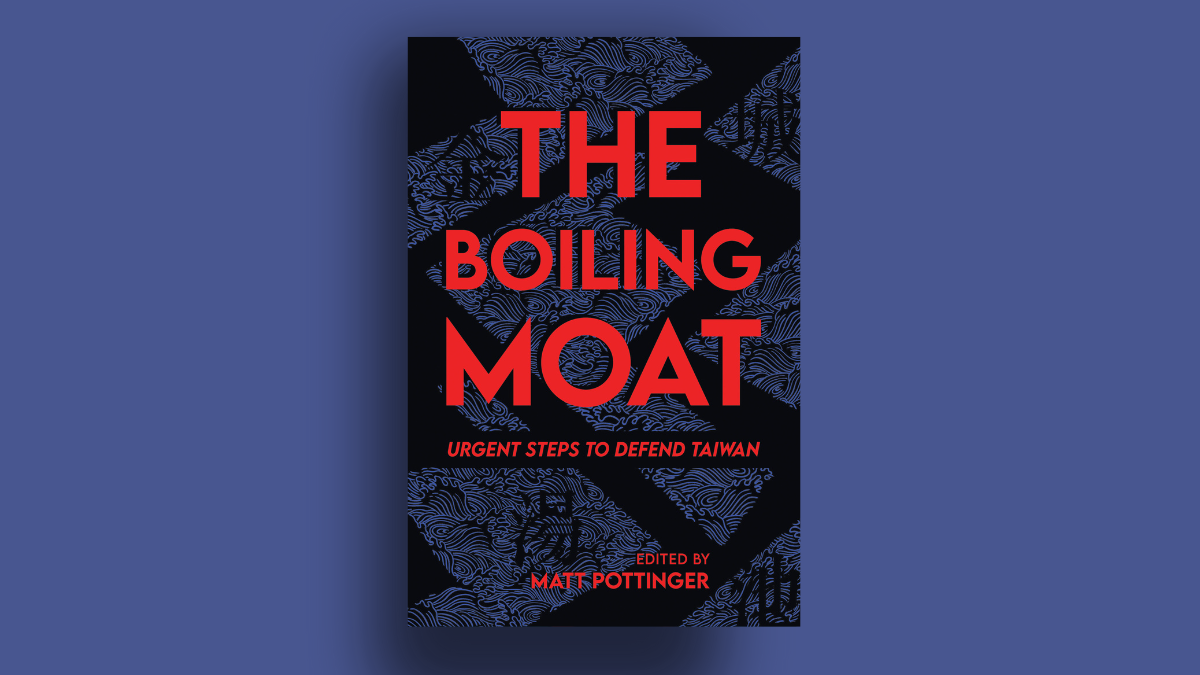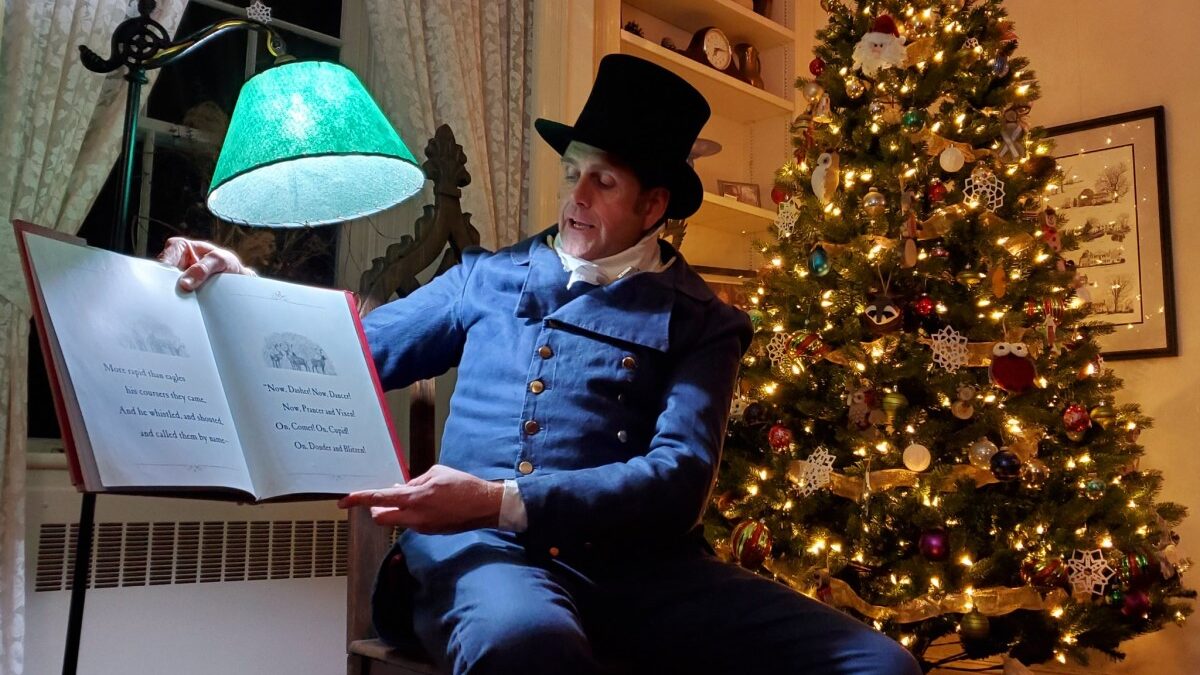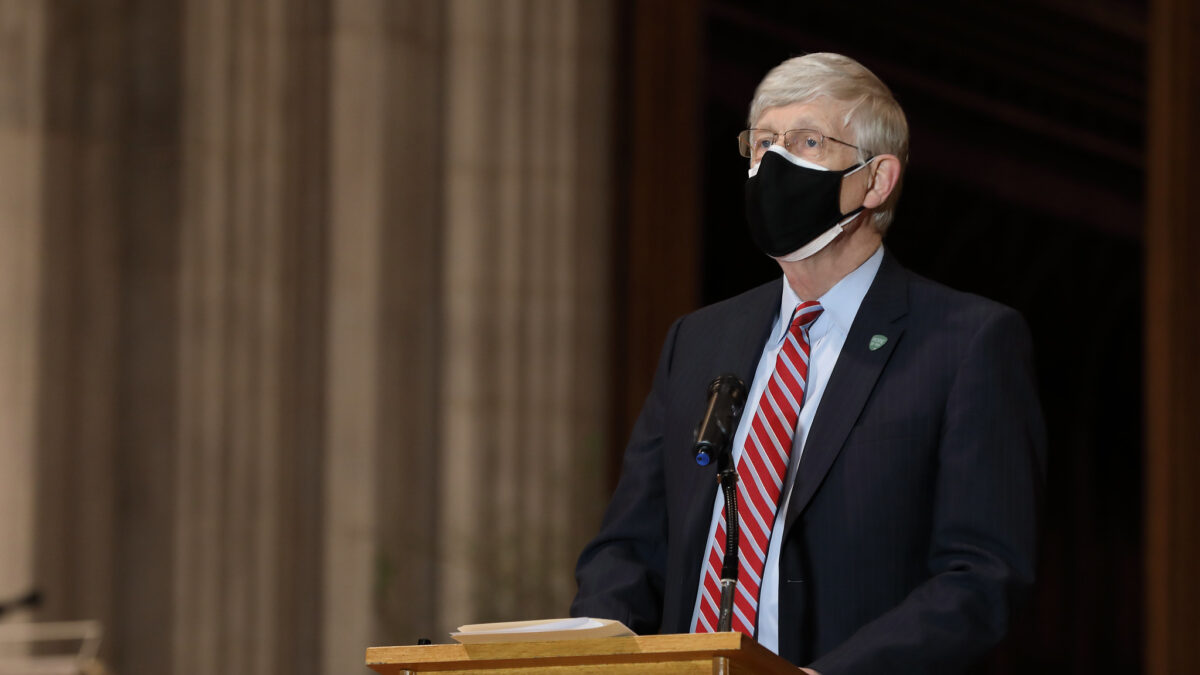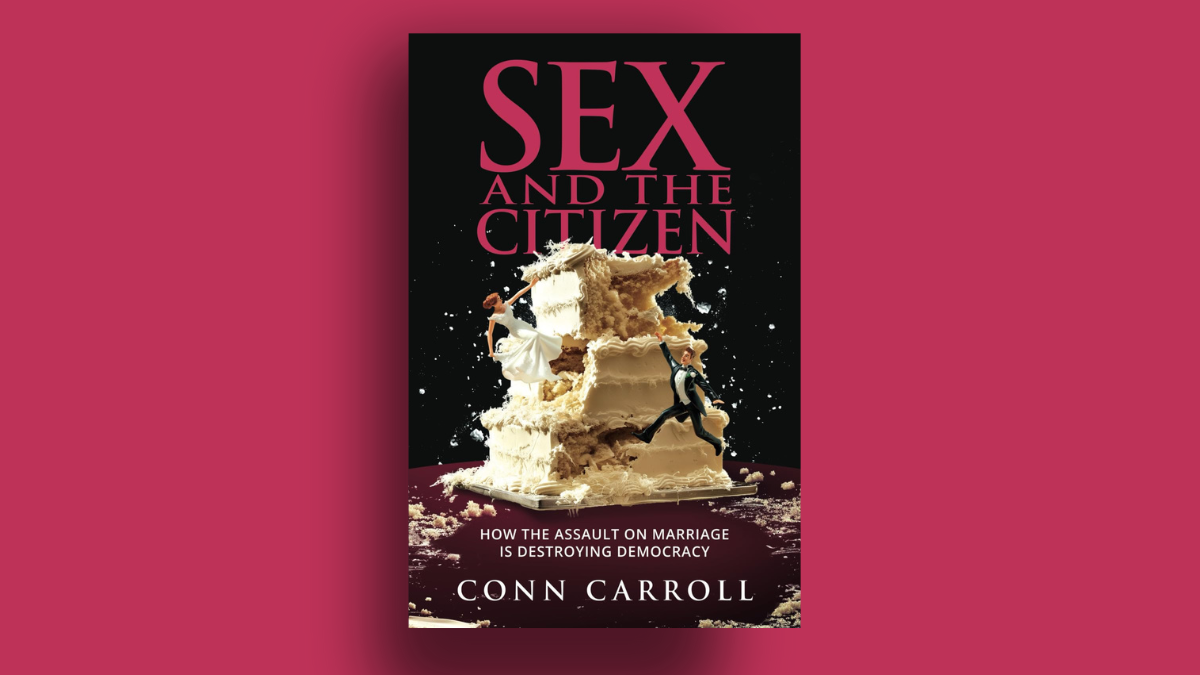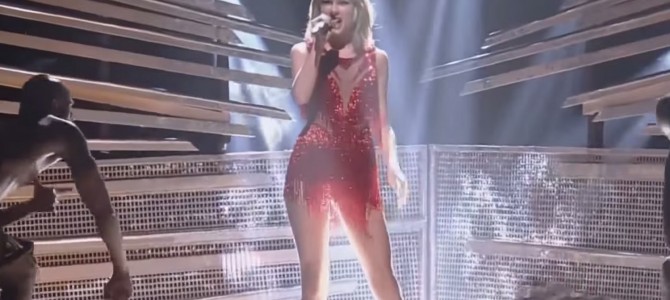
If Taylor Swift is the new queen of pop, she’s fast becoming a princess of a new kind of music video. Never was this more apparent than at Sunday night’s Video Music Awards, where she killed two birds with one stone: She won Video of the Year for “Bad Blood,” then unveiled the video to her latest single, the underrated hit, “Wildest Dreams.”
The videos show the juxtaposition of all that Swift and her die-hard fans—Swifties—hold dear and epitomizes the reasons she not only has astounding popularity, but has become someone with whom females of all ages can relate.
The Return of the Epic Music Video
Both videos, while about vastly different songs and themes, share several commonalities. Both are directed by Joseph Kahn, who also directed the video for “Blank Space.” “Bad Blood,” which Swift unveiled at the Billboard Music Video Awards, is like “Battlestar Galactica” meets “The Matrix”: Part sci-fi, part action-adventure. There are glossy, stark getaway cars, hair-raising girl-fights, and at the end, great balls of fire.
Say what you will about the song’s melody, but the video is visually entertaining with its slew of celebrity cameos, plus Lena Dunham. But it’s more than just a who’s who of Swift’s so-called “squad.” It’s a glimpse of Swift, the energetic and playfully confrontational woman. It’s a glorious testament to the yang of Taylor, the woman in charge.
“Wildest Dreams,” the video Swift announced at Sunday night’s awards, is an entirely different epic kind of music video. It’s set in 1950s Africa, with Scott Eastwood as her love interest, complete with sweeping panoramic views of the stunning African countryside, Swift walking among lions, giraffes, and elephants, and an airplane ride in a biplane.
It’s also all yin—an opulent if bittersweet look at the fragility of her feminine side. Instead of roundhouse kicks and rocket launchers, it’s “the kind of reel-to-real romance puns about reel-to-real romances were made for.” It’s Taylor as Elizabeth Taylor, even though Africa and the lions do offer some problematics, if that’s your thing. (Although who wouldn’t want to risk sitting in front of a lion wearing a dress with a slit up to your thigh? I mean, really, who does that?)
Both Videos Demonstrate Different Values
If “Bad Blood” is today’s “Thelma and Louise,” “Wildest Dreams” is today’s “Forever Young.” Neither are better or worse, but showcase different ideals. “Bad Blood” speaks to a friendship gone awry because of betrayal.
“Did you have to do this? I was thinking that you could be trusted./Did you have to ruin what was shiny? Now it’s all rusted.” We see, through the faux fighting and glass-shattering, a woman who values friendship and loyalty (although fighting a friend, whether physically or metaphorically, probably isn’t the surest route to healing). In the video, her squad of girlfriends seems vast and supportive, certainly something many young girls wish they had in real life.
“Wildest Dreams,” is certainly Swift’s most sexually mature—“His hands are in my hair/His clothes are in the room”—but it reveals a kind of love story to which many can relate. In the video, Swift and Eastwood are actors set in the era of 1950s Hollywood glamour. While filming, the two fall in love, but when they return back to real life to promote the film, their romantic relationship ends when she sees him at the premiere with another woman.
What makes this video so unusually compelling—in addition to the over-the-top and problematic scenes filmed in Africa—is the way she allows the story to end unhappily: Overcome with emotion, Swift exits the premiere, Eastwood running after. All at once, the writer of “Love Story,” and “Enchanted Evening,” among dozens of other candy-crush hits, has now realized that sometimes love, or lust, whether lengthy or brief, doesn’t always end happily. Although the video is glamorous and romanticized, its conclusion is raw and real and true—just like many of life’s disappointments.
Given Swift’s trip through our collective imagination as the girl next door, this new maturity isn’t necessarily a welcome change. We don’t want our girl next door to grow into a woman with a trail of men in her wake, especially when our own little girls might be paying attention and looking at her as a role model. The girl next door doesn’t go fifty shades and celebrate “he’s so bad, but he does it so well” before sneaking off with her co-star for a little romp. We’re a little protective when it comes to our girls next door.
But perhaps we’re thinking about this incorrectly, as though Taylor is only the character in the videos. Well, she probably is, at least partially, but that doesn’t mean she isn’t large, that she doesn’t contain multitudes. And one of those multitudes is outright savvy.
Swift Shows Business Savvy Yet Again
As with her albums, Swift even shows business savvy with her videos. They don’t just show up online. They make an entrance. Case in point: The last two were purposely unveiled at huge music award shows. Not only that, but both times Swift strategically leaked teaser posters or still pictures of the videos to her fans. She tweeted mysterious texts, tagging her co-stars and ramping up excitement for the videos, whereby whetting the appetite of her fans and nearly securing the video’s popularity. As of this writing, “Blank Space” has been viewed on YouTube over 1 billion times; “Wildest Dreams” has already been viewed 15,737,382 times.
Ice Cube, formerly of gangsta rap sensation NWA before becoming an actor who enjoys making family-friendly movies about road tripping in an RV, presented the award for “Bad Blood.” That was perfect. For just as Ice Cube proves that debauchery doesn’t necessarily preclude a path to adulthood and that role models can come from less than ideal spots, Swift’s journey from girl next door to grown woman could prove invaluable as she continues to flex her savvy and humanity. If Cube can move from talking about shooting cops to presenting T-Swift with a Video of the Year award while sitting atop his own continuing success, so can our girl.
It seems unusual for one pop star to make such epic videos with what seem to be warring ideals: One about the independent, fierce, loyal friend and the other about the romantic, sexy, disappointed lover. But this very irony, these seemingly clashing dynamics, is why her fans love her. Haven’t we all been, at one time or another, the friend and the enemy, loyal and disloyal, the romantic and the realist, the lover and the one who remains jilted? Miley Cyrus may have been center-stage at the VMAs, but it was contrived, inauthentic. In contrast, the dichotomy of Swift hits us with full authenticity. As such, it’s no wonder she’s taking over pop music—and her music videos are, too.


